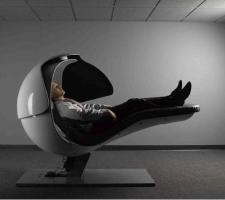October 23, 2014
Half of women would consider remaining childless rather than risk career
 The expansion of flexible working rights was not only intended to improve workplace wellbeing and productivity, but encourage mothers to remain in the workforce. But it seems there is much work to be done to convince women that work and motherhood can mix. New research from the Association of Accounting Technicians (AAT) has found that half of women believe that having a baby poses such a risk to their career that they would consider remaining childless. The survey among women of childbearing age also found that two-thirds of women (67%) are concerned about the impact that having children might have on their career and half of the women who don’t currently have children (49%) feel their current career doesn’t offer them the flexibility they would need to care for a family. Over half of mothers (55%) admitted that balancing childcare and work has been a barrier to staying in work, with one in five (20%) stating that a lack of support from their employer has made life as a working mum more difficult. (more…)
The expansion of flexible working rights was not only intended to improve workplace wellbeing and productivity, but encourage mothers to remain in the workforce. But it seems there is much work to be done to convince women that work and motherhood can mix. New research from the Association of Accounting Technicians (AAT) has found that half of women believe that having a baby poses such a risk to their career that they would consider remaining childless. The survey among women of childbearing age also found that two-thirds of women (67%) are concerned about the impact that having children might have on their career and half of the women who don’t currently have children (49%) feel their current career doesn’t offer them the flexibility they would need to care for a family. Over half of mothers (55%) admitted that balancing childcare and work has been a barrier to staying in work, with one in five (20%) stating that a lack of support from their employer has made life as a working mum more difficult. (more…)























September 25, 2014
Why a more flexible approach to where and when we work is long overdue
by Sara Bean • Comment, Facilities management, Flexible working, News